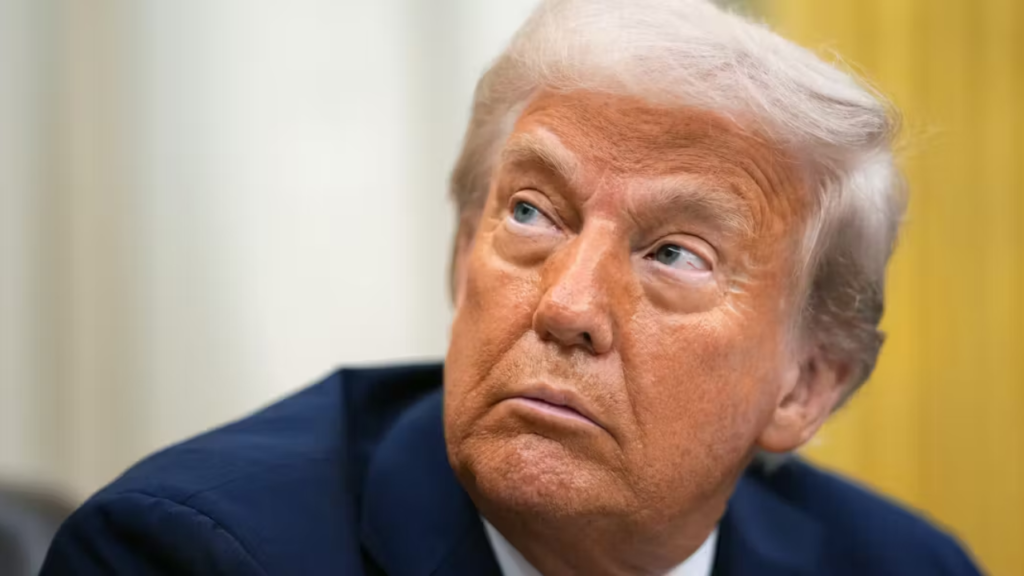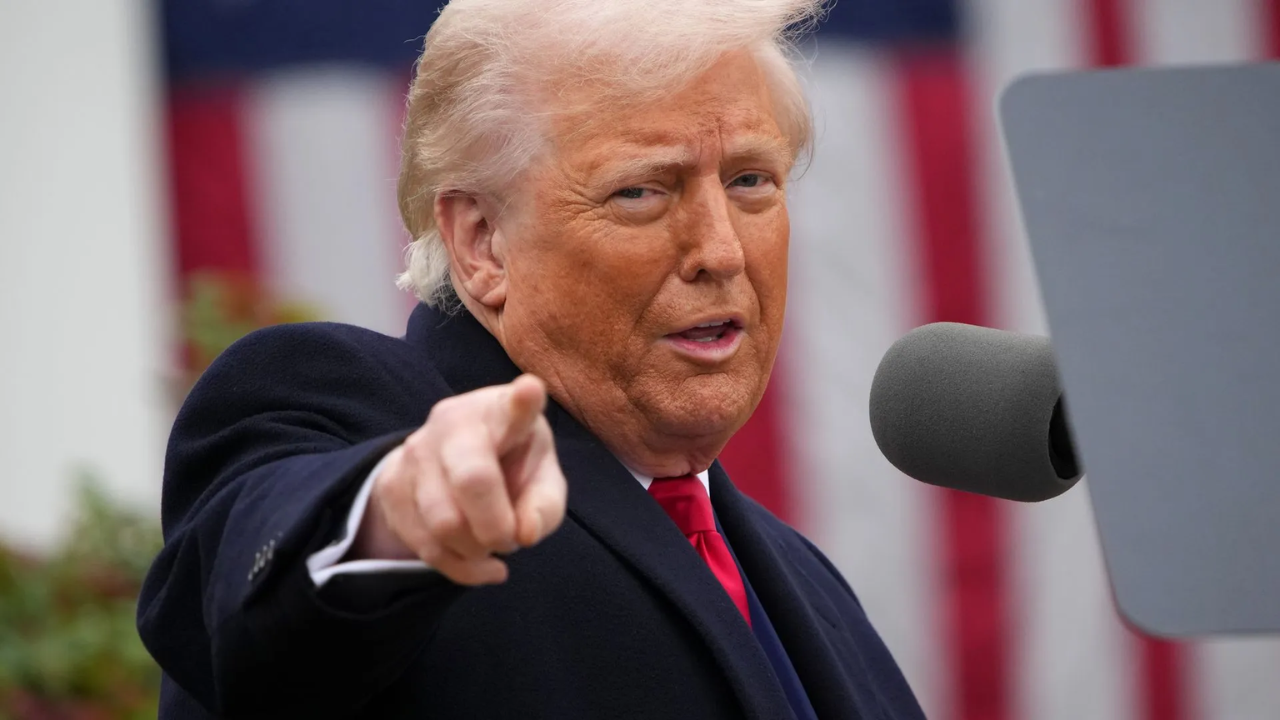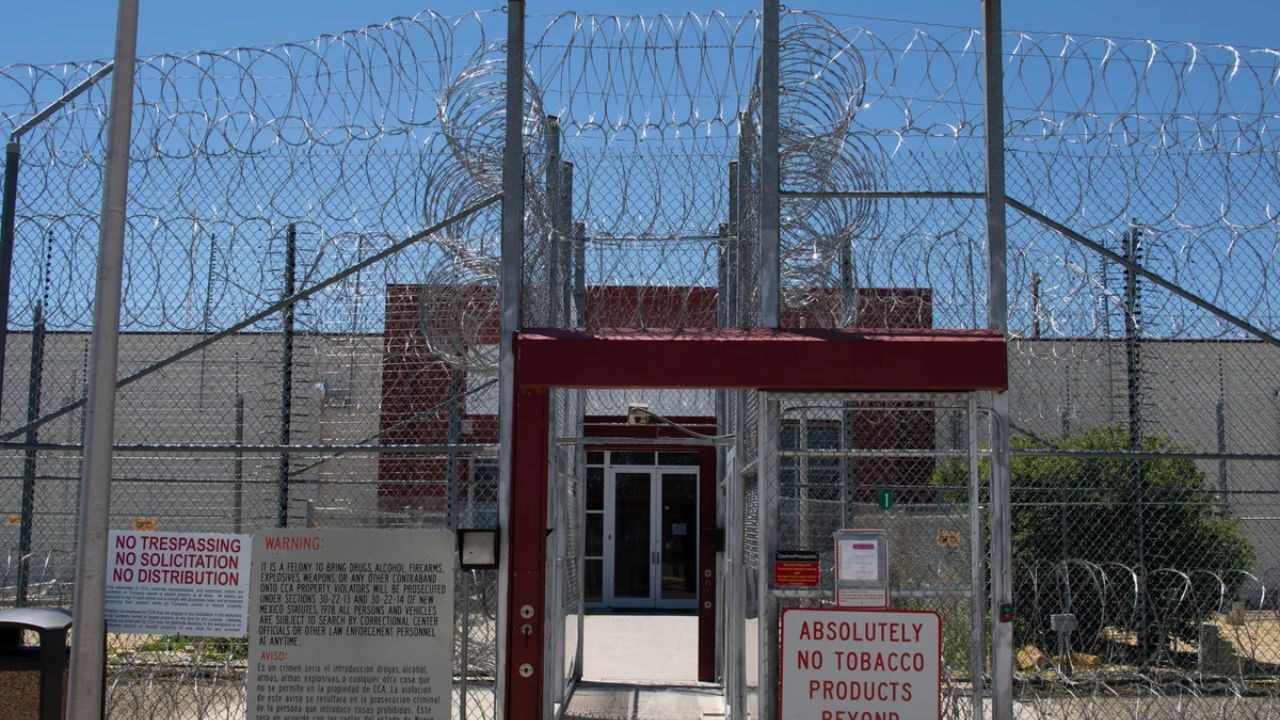Former President Donald Trump’s tariff strategy is now under fresh scrutiny as signs of weakening support from key sectors of the U.S. economy become clearer.
While he once promoted tariffs as a bold move to protect American jobs and industries, the aftershocks of those policies are starting to show in the form of slower growth, rising costs for American consumers, and growing frustration among small businesses and manufacturers.
When Trump first introduced the idea of tariffs, he pitched them as a way to bring factories back to America. The message was clear — foreign countries were taking advantage of the U.S., and the only way to stop them was by taxing the goods they exported into America.
Many of his supporters, especially in rural states and industrial towns, believed this would help revive local economies. Initially, the tough talk seemed to work, and many voters backed him for standing up to countries like China.
But now, with time passing and global dynamics changing, the real impact of those tariffs is surfacing. Businesses that depend on imported materials — from auto parts to electronics — are paying more. In return, they either increase their prices or take a hit to their profits.
Consumers are noticing the price hikes, and small retailers are struggling to stay competitive.
A growing number of economists say the tariffs didn’t bring back enough jobs to balance out the damage done to trade relationships and affordability.
One key example is the agricultural sector. Many farmers who supported Trump during his presidency are now feeling the pressure. China responded to Trump’s tariffs with its tariffs on American crops like soybeans and corn, leading to a sharp drop in exports.
The government tried to step in with subsidies, but those were temporary solutions. The damage to long-term trade ties is now being felt, especially by smaller farms that can’t compete without stable exports.
Manufacturing jobs, which were supposed to benefit the most from the tariffs, also tell a mixed story. While some factories did reopen or expand, many more still struggled due to higher input costs.
Machinery, steel, and other raw materials became more expensive because of the import taxes. That made it harder for companies to grow or offer competitive wages.
Instead of a manufacturing boom, many areas got stuck in uncertainty, waiting for better days that never really came.

What’s also causing concern is that Trump has not backed down from this approach. He’s talking about doubling down if re-elected, including a plan for a universal 10% tariff on all imports. Economists warn this could raise costs across the board and hit lower- and middle-income families the hardest.
Everyday items like clothes, appliances, and groceries could become more expensive. While some voters still support the idea of “buying American,” many are beginning to question whether the price is worth it, literally.
Business leaders are also slowly distancing themselves from the plan. Several industry groups have released reports showing that the tariffs did more harm than good.
Even some Republican lawmakers are starting to talk about alternative strategies, suggesting that cooperation with allies and smarter trade agreements might bring better results. The political mood seems to be shifting, and Trump’s once-popular economic message isn’t hitting the same way it used to.
There’s also growing international concern. Many countries that were targeted by Trump’s tariffs have formed new trade partnerships, leaving the U.S. out of the loop.
That has made it harder for American exporters to find markets. Trade is a two-way street, and when one side pulls back, the other side doesn’t just sit and wait — they find other options.
In today’s global economy, no country can thrive in isolation. And while protecting local industries is important, it needs to be done in a way that supports growth rather than punishing consumers.
Many experts say smarter policies — ones that balance competition, cooperation, and innovation — are the way forward.
As we move closer to the next election, Trump’s economic legacy is under the spotlight. The promises of strong tariffs, more jobs, and a booming economy are now facing real-world tests. For many Americans, especially those who believed in the vision of a self-reliant America, the results have been disappointing.
The big question now is whether voters will continue to support the tariff-first approach, or if they will push for a new strategy — one that’s more aligned with the realities of the global market.
What’s clear is that economic support for Trump’s policies is no longer as strong as it once was, and that could shape not just the election, but the direction of U.S. economic policy in the years to come.
Disclaimer- Our team has thoroughly fact-checked this article to ensure its accuracy and maintain its credibility. We are committed to providing honest and reliable content for our readers.






